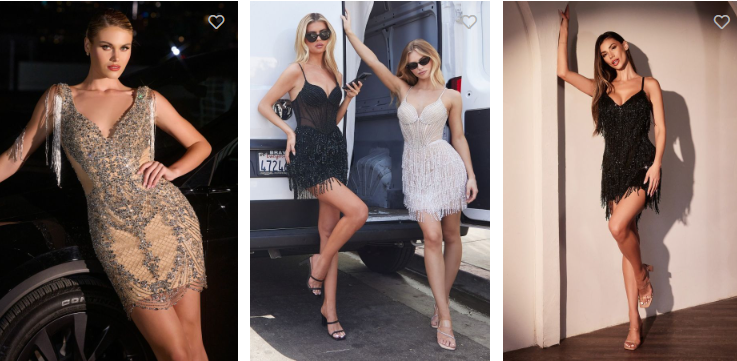
How to Choose a Cocktail Dress: The Complete Guide for Weddings, Parties, and Holidays
Choosing a cocktail dress should feel exciting, not overwhelming. With so many silhouettes, lengths, and dress codes, it's easy to wonder how to pick a cocktail dress that flatters your body, fits the occasion, and looks timeless in photos. This cocktail attire guide walks you through the essentials–from identifying the right length to decoding fabrics and colors for weddings, parties, and holidays–so you can shop with confidence. Drawing on 15+ years of formalwear expertise, we'll help you translate trends into wearable elegance and highlight quality cues that matter, ensuring your final choice feels polished, comfortable, and unmistakably you.
Table of Contents
- What Makes a Dress "Cocktail"?
- Length and Silhouette: Finding a Flattering Shape
- Color, Fabric, and Season for Weddings, Parties, and Holidays
- Fit and Size Confidence: From Petite to Plus
- Budget, Quality, and Where to Shop
- Styling and Dress Code Nuance
- FAQs: How to Choose a Cocktail Dress: The Complete Guide for Weddings, Parties, and Holidays
What Makes a Dress "Cocktail"?
A cocktail dress bridges the gap between casual daywear and full-length evening gowns. It's refined, party-ready, and designed to move effortlessly from ceremony to reception or from a work celebration to a festive night out. If you've wondered how to tell if a dress is a cocktail dress, think about proportion, polish, and versatility: knee to midi length, elevated fabric, and dressy details that still feel modern and restrained.
This is also where context matters. A garden wedding may call for soft chiffon or florals, while a city soiree favors sleek crepe or satin. As a result, the best way to learn how to choose a cocktail dress is to balance the venue's tone with your personal style, selecting a refined silhouette that won't upstage the host or bridal couple. For additional wedding-cocktail dress code context, see The Knot's overview of cocktail wedding attire.
Hallmarks to spot:
- Knee-to-midi hem
- Polished fabrics (crepe, satin, velvet)
- Refined but not gala-level embellishment
- Easy day-to-night styling versatility
Length and Silhouette: Finding a Flattering Shape
Cocktail dress length typically hovers from above the knee to midi. Mini hemlines read flirty for clubs or birthday dinners; knee-length feels classic for weddings; midis add sophistication for upscale venues and winter parties. If you're petite, a knee-grazing hem can elongate; if you're tall, a midi balances stature beautifully. When you're deciding how to pick a cocktail dress, let length complement your shoes and setting: grand staircases, cobblestones, or dance-heavy receptions each suggest different hemlines.
Silhouette should support comfort and confidence. Start with your favorite feature–waist, shoulders, neckline–and choose a cut that highlights it. Stretch crepe sheaths streamline without clinging, while fit-and-flare styles offer movement with structure. Bias-cut slips skim elegantly for minimalists, and wrap dresses adjust to fit fluctuations, making them smart for travel or multi-course celebrations.
- A-line: universally flattering, gentle waist definition
- Sheath: streamlined, great under blazers and coats
- Fit-and-flare: defines waist, balances hips and shoulders
- Bias-cut slip: fluid, elegant, modern minimalism
- Wrap: adjustable fit, ideal for comfort and curves
Color, Fabric, and Season for Weddings, Parties, and Holidays
Color sets the mood. For a wedding guest cocktail dress, think celebratory yet considerate: jewel tones, pastels, and deeper neutrals photograph beautifully without competing with the couple's spotlight. Black is widely acceptable at many evening weddings, though it's wise to check the tone of the event. For a holiday cocktail dress, metallics, velvet, and deep reds or emeralds feel festive, while winter whites or champagne tones add chic warmth in candlelit spaces.

Fabric follows the calendar. Crepe, satin, and silk blends suit year-round venues; velvet and long-sleeve midis feel plush in winter; chiffon and organza read light for spring gardens; and matte satin or taffeta holds structure for upscale parties. Consider texture against the setting–sequins sparkle under evening lights, while matte finishes look polished in daylight ceremonies.
Fit and Size Confidence: From Petite to Plus
The right fit is about balance, movement, and support. If you're exploring a cocktail dress by body type, prioritize placement of seams and waistlines. Empire waists elongate the legs, while tailored darts shape the torso without squeeze. Look for bust-friendly necklines–V or square for definition–and sleeves that complement your shoulder line. Strategic ruching, wrap fronts, and structured knits can deliver a smooth, confident fit across sizes. For general body-type tips, this dress-for-your-body-type guide is a useful reference.
Size-inclusive design matters. Brands with a long formalwear track record understand grading across sizes, so proportions stay flattering from petite to plus. Because FormalDressShops.com partners with trusted designers and manufacturers worldwide, you'll find consistent patterning, premium craftsmanship, and fair pricing across sizes. That means you can choose the dress you love–and trust the fit and finish will keep you comfortable from first toast to final dance.

Budget, Quality, and Where to Shop
Quality shows in fabric hand-feel, lining, and construction. A fully lined cocktail dress tends to drape better, while secure zippers, finished seams, and stable straps keep everything in place. When budgeting, invest in a silhouette you'll re-wear; a well-chosen midi in crepe or satin can rotate from weddings to holiday parties with a simple accessory change. With FormalDressShops.com's emphasis on premium craftsmanship and trend-forward design at fair prices, you can prioritize longevity without overspending.
Shopping with a specialist saves time and guesswork. Since 2007, Formal Dress Shops has delivered fast global shipping, reliable sizing guidance, and a satisfaction-first approach, which is invaluable when timelines are tight. Explore occasion-ready cocktail dresses grouped by silhouette, color, and fit, so your shortlist aligns with your venue, season, and dress code in minutes.
Styling and Dress Code Nuance
Styling completes the message. For semi-formal weddings, sleek heels, a compact clutch, and modest sparkle keep things refined. Corporate parties may call for a blazer over a sheath, then a quick earring swap for after-hours polish. Holidays invite texture–velvet headbands, metallic sandals, or a satin wrap–but let the dress lead. If your garment already has statement beading, keep accessories minimal and cohesive.
Shoes, hem, and outerwear should work together. Test your stride, sit, and dance moves at home, checking that the neckline stays put and the hem clears the floor safely. If the forecast is cool, a cropped jacket or tailored coat preserves your proportions. A subtle beauty look–soft waves, a classic lip–supports the dress without overpowering it.
- For weddings: elegant heels, discreet jewelry, fabric-matched clutch
- For holidays: velvet or metallic accents, warm-toned makeup
- For parties: playful earrings, strappy sandals, bolder lip
- Hem-to-shoe harmony: test walk and stairs; adjust heel height
- Outerwear: cropped or tailored layers to maintain silhouette

FAQs: How to Choose a Cocktail Dress: The Complete Guide for Weddings, Parties, and Holidays
What cocktail dress length is best for different venues?
Length sets tone and comfort. Knee-length is a classic choice for weddings and semi-formal venues because it feels polished and photo-friendly. Midis add sophistication for upscale hotels, museums, and winter soirees, and they pair well with taller heels or boots. Shorter hemlines read playful for birthday dinners or clubby lounges, but make sure you can sit, step, and dance comfortably. If the event includes lots of walking or stairs, a knee-grazing hem is often the safest. Always align hemline with footwear and venue surfaces for confident movement.
How do I tell if a dress is a cocktail dress versus casual or evening?
Consider proportion, polish, and detail. Cocktail dresses typically hit around the knee or midi and are crafted from elevated fabrics–crepe, satin, velvet, or embellished tulle–without the floor length and formality of evening gowns. They feature refined touches like clean tailoring, strategic draping, or tasteful sparkle, rather than daytime prints and cotton knits. If a dress can transition from a ceremony to a reception with a simple accessory change and still feel appropriately dressy, it fits the cocktail category better than purely casual or black-tie attire.
What colors work for wedding guest cocktail dresses and holiday events?
For weddings, choose celebratory but considerate hues: jewel tones, pastels, deep neutrals, and seasonal florals photograph beautifully. Black is widely accepted at many evening weddings, while lighter palettes shine for daytime ceremonies. For holiday cocktail parties, embrace festive richness–emerald, garnet, navy, metallics, or velvet textures. If a dress code hints "festive" or "creative," add shimmer through accessories rather than head-to-toe sequins. When in doubt, check the invitation's tone and venue photos, and coordinate with the season to look cohesive without competing with the hosts.
Which cocktail dress silhouette is best by body type?
Start with your favorite feature and build from there. A-line works for most because it skims the body and defines the waist softly. Sheaths in stretch crepe streamline and layer well under blazers. Fit-and-flare balances broader shoulders or curvier hips and adds movement for dancing. Bias-cut slips skim without clinging, ideal for minimalists who want fluid elegance. Wrap dresses are adjustable and forgiving, especially through the waist and bust. Whatever you choose, focus on seam placement, supportive straps, and lining, which improve drape and comfort across body types.
How much should I budget for a quality cocktail dress I'll re-wear?
Set a range that reflects fabric, construction, and versatility. Well-made cocktail dresses with lining, sturdy zippers, and premium fabrics generally cost more than casual daywear but less than couture gowns. If you choose a classic silhouette in crepe or satin that re-styles easily with different shoes and accessories, the cost-per-wear drops significantly. Shopping with a specialist retailer that partners with trusted designers helps you find fair pricing without sacrificing craftsmanship, so you can invest confidently in a piece that lasts beyond a single event.
Are sequins or velvet appropriate for semi-formal dress codes?
Yes–when styled with restraint. Sequins shine at evening receptions, holiday parties, and venues with dramatic lighting, but balance the look with clean accessories and sleek shoes. Velvet reads luxurious and seasonally appropriate in cooler months, especially in midi lengths and jewel tones. If the event skews conservative or daytime, opt for matte fabrics with subtle metallic accents instead. Always read the invitation and venue: museums and hotels handle glam well, while garden or beach settings favor lighter textures and softer finishes.
A polished cocktail dress doesn't require guesswork–just the right roadmap. Lean on venue cues, season, and silhouette to narrow choices, then confirm comfort, movement, and quality. When you're ready to shop, browse expertly curated cocktail dresses by fit, color, and occasion to find a look that feels made for your night.



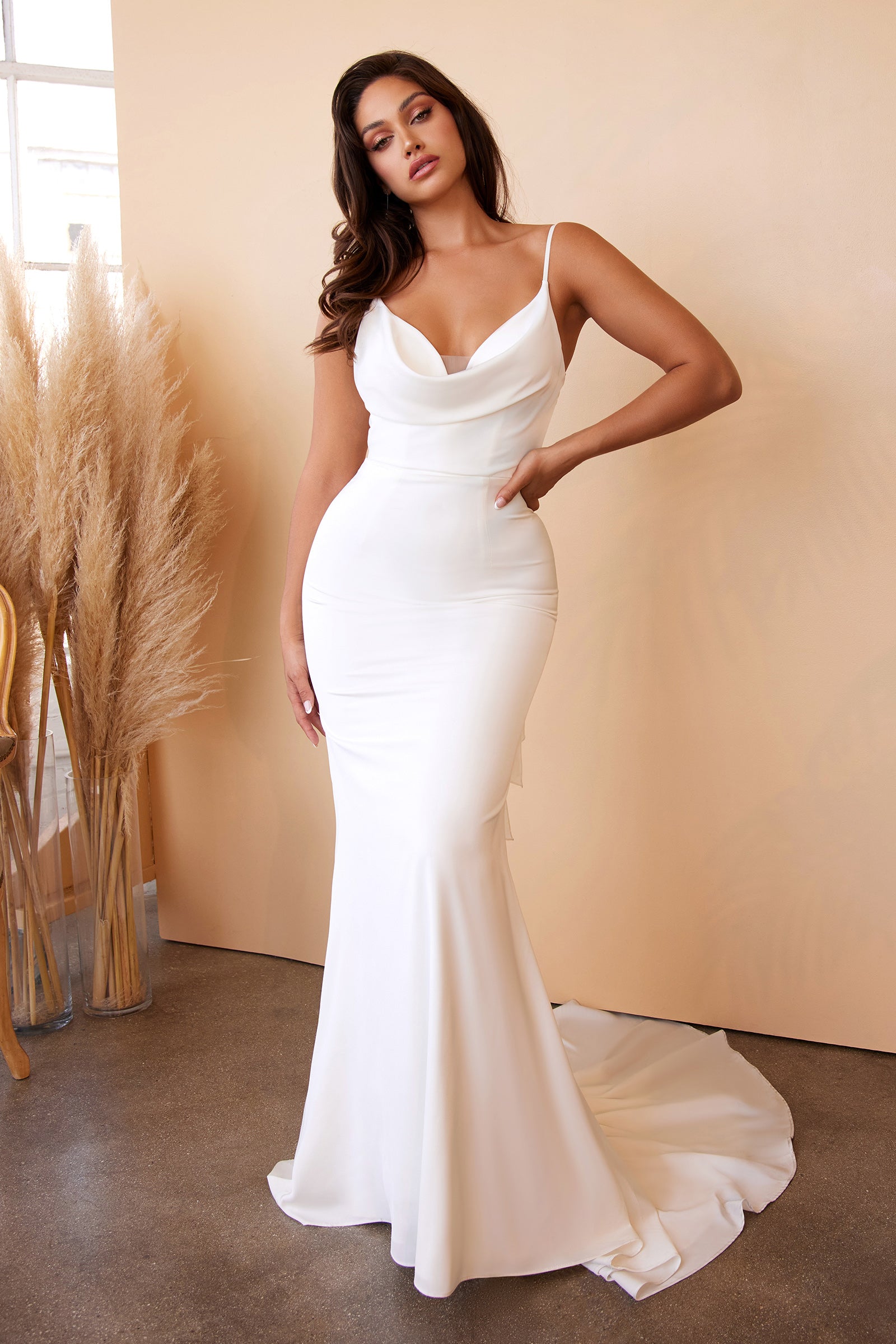

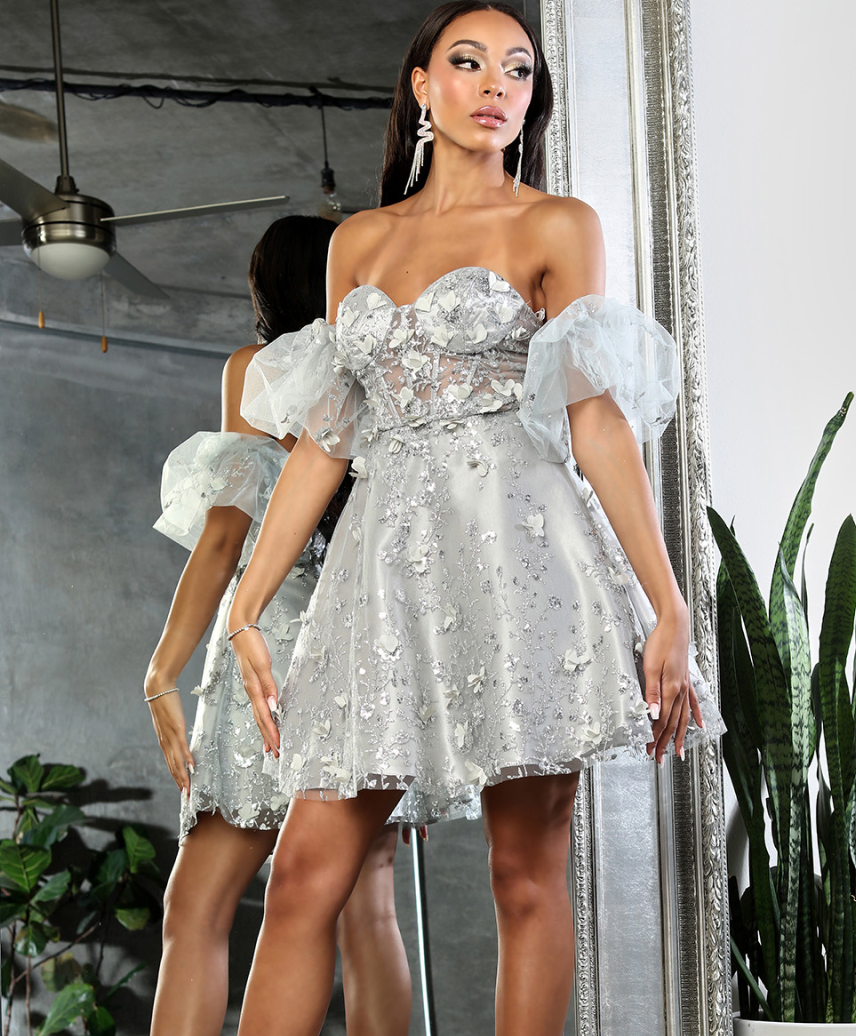
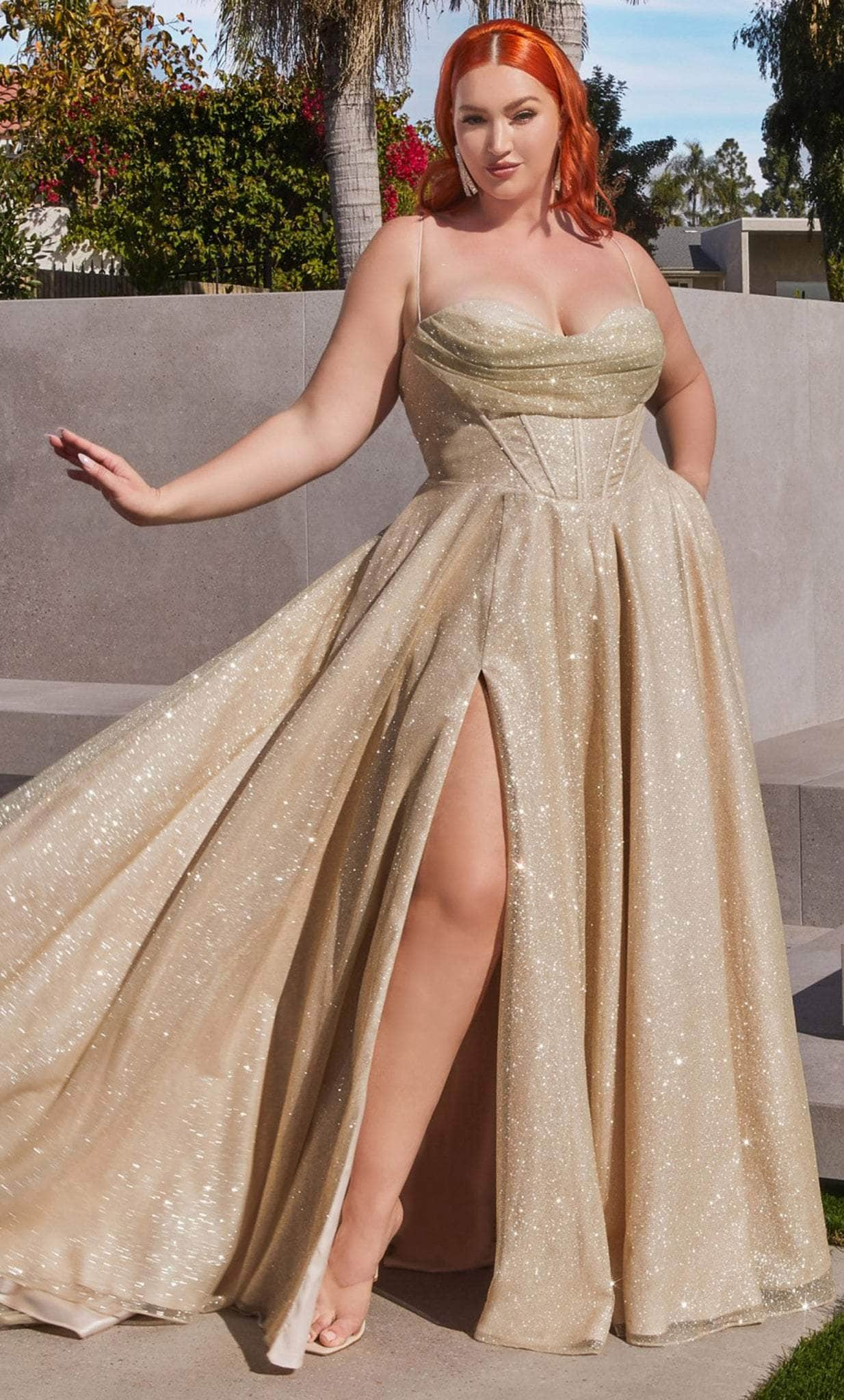

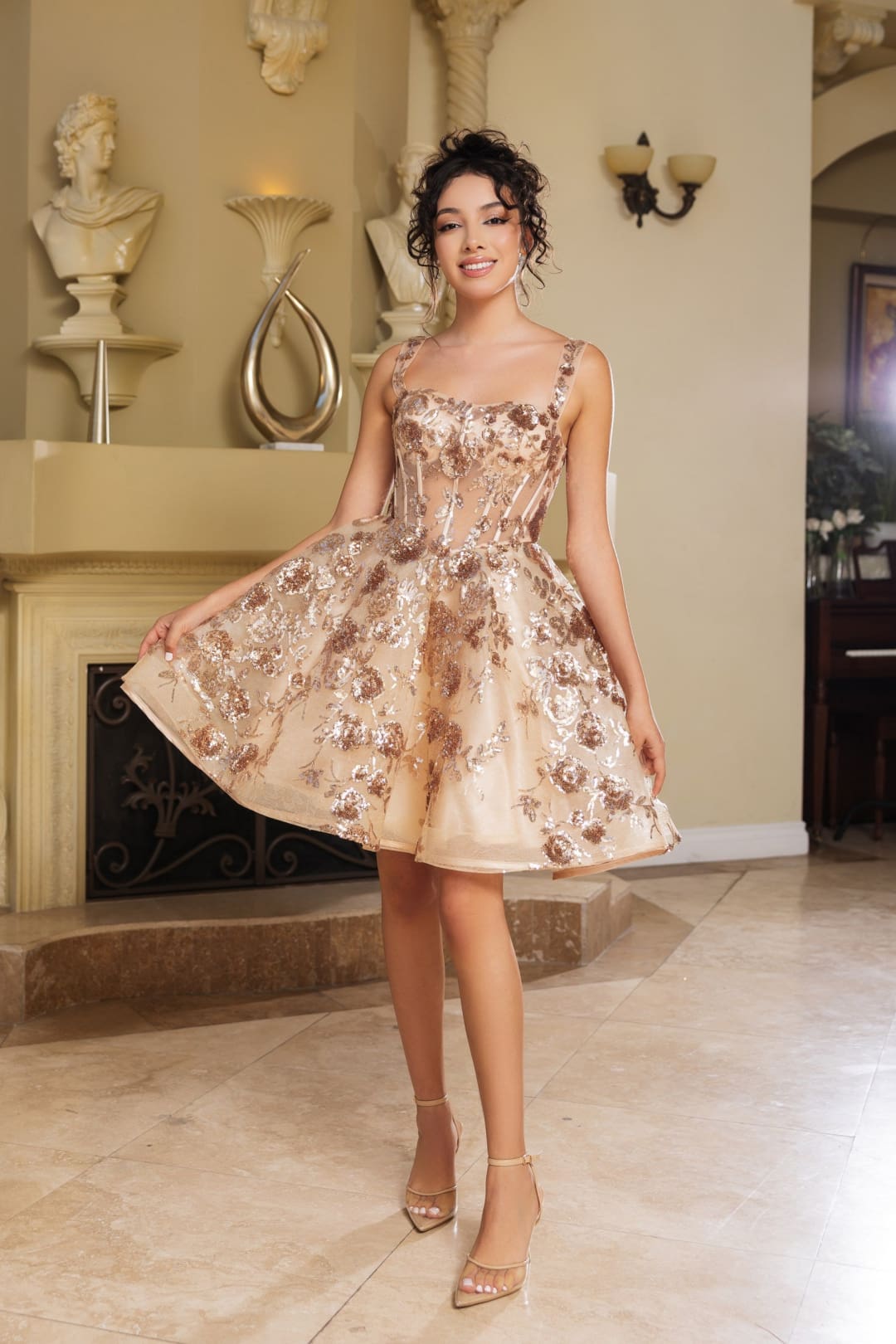

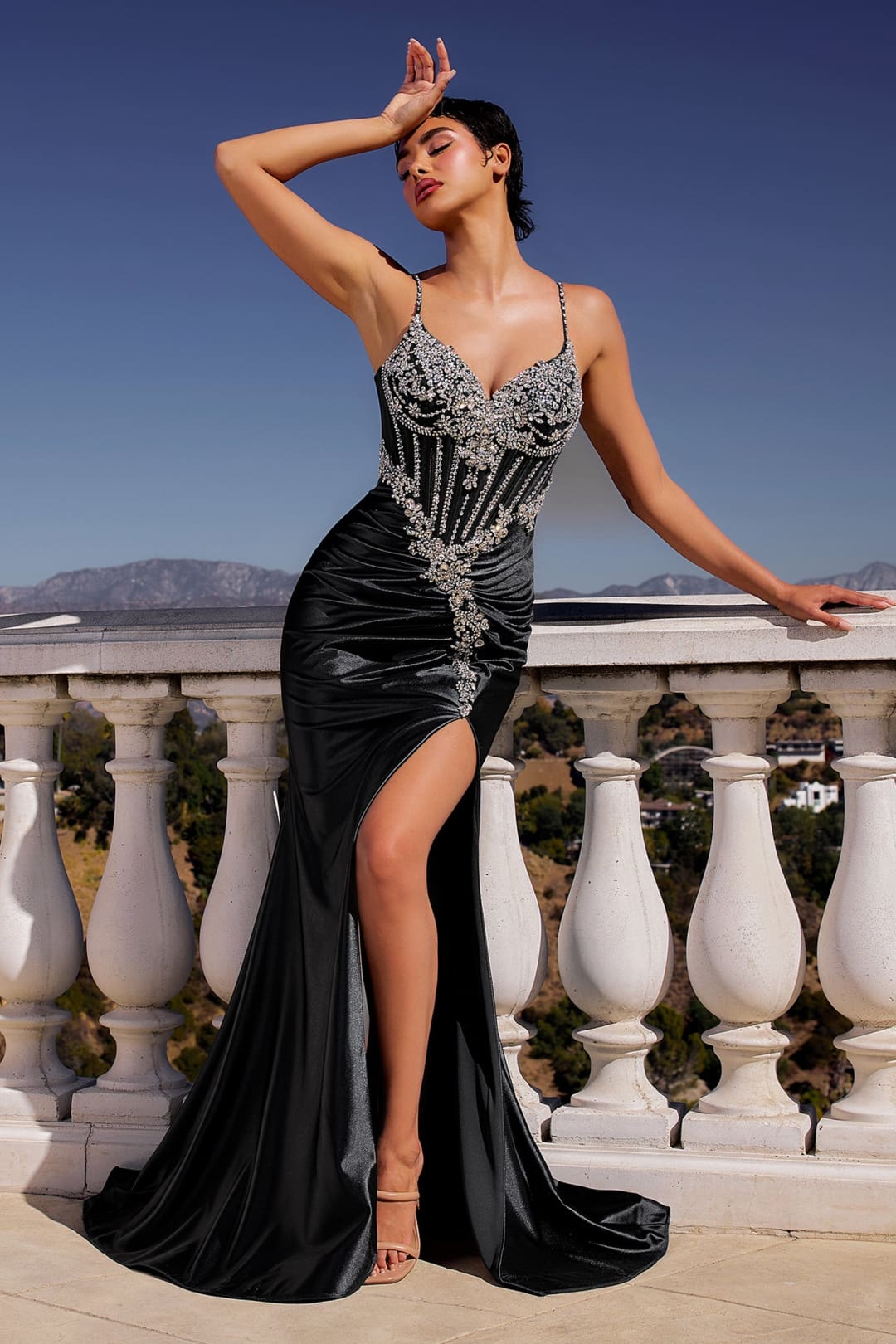
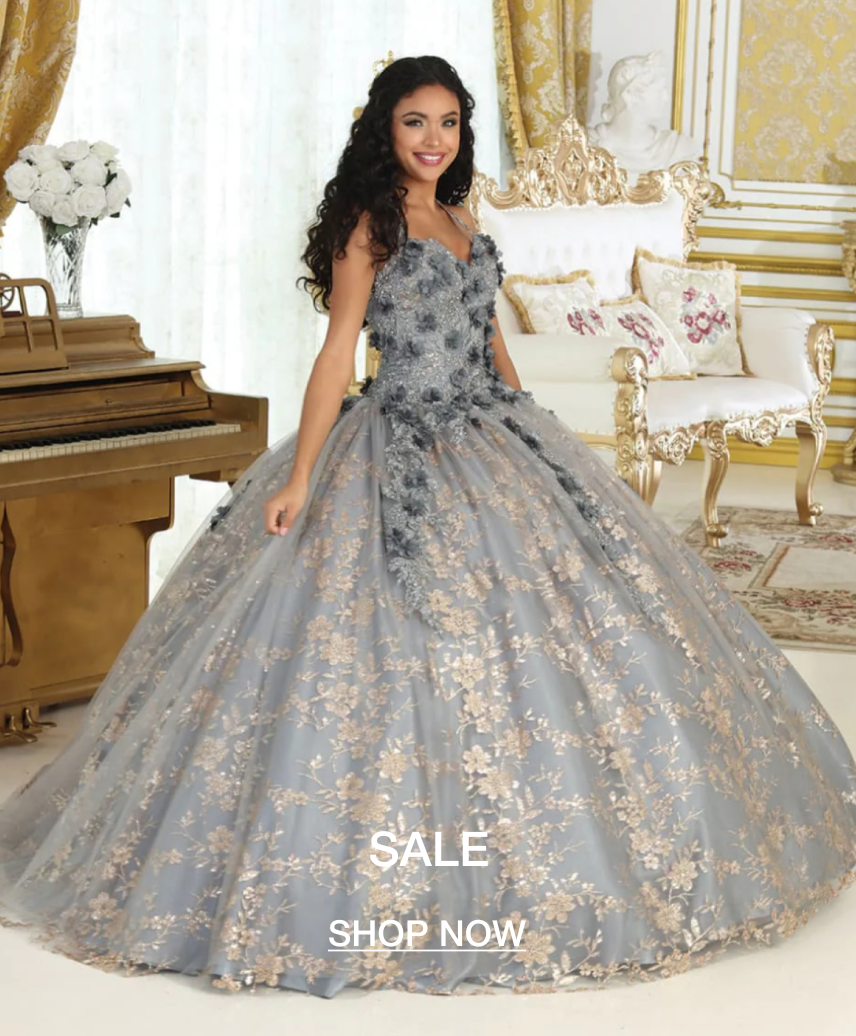

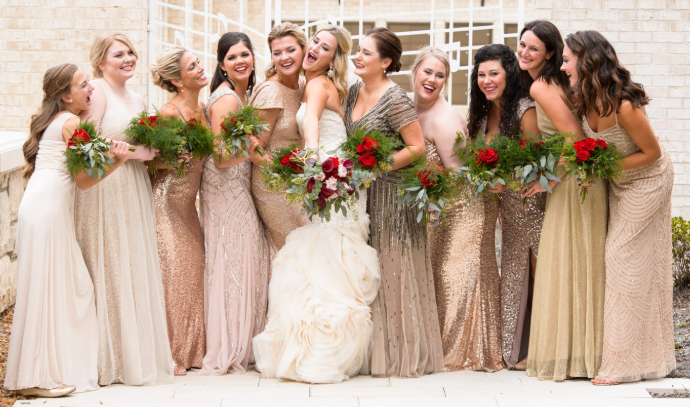




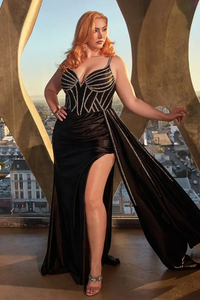
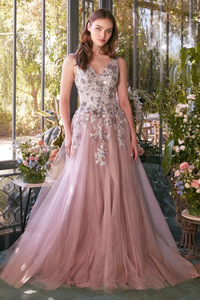




Leave a comment
This site is protected by hCaptcha and the hCaptcha Privacy Policy and Terms of Service apply.